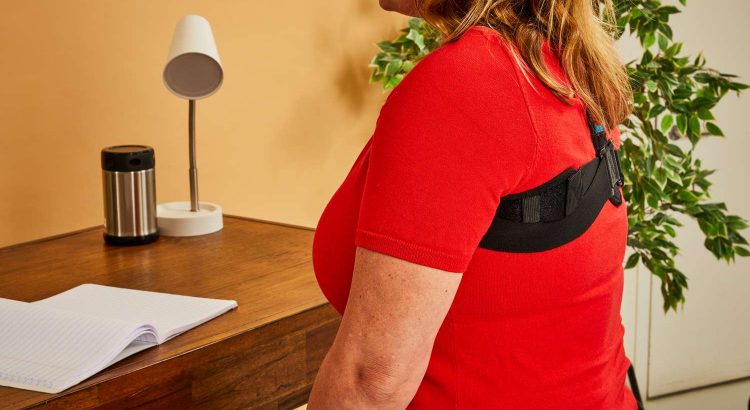Good posture isn’t just about looking poised and confident; it plays a vital role in your overall health and well-being. While many people associate posture correction with aesthetics, it goes far beyond that. The posture corrector, once considered niche products, have gained popularity in recent years, and their benefits extend beyond what meets the eye.
Back Pain Relief: One of the most common conditions posture corrector can help with is back pain. Poor posture can lead to muscle imbalances and strain on the spine, resulting in chronic discomfort. By gently aligning your spine and shoulders, posture correctors can alleviate back pain and promote a healthier posture over time.
Neck and Shoulder Pain: Slouching can lead to tension and discomfort in the neck and shoulders. Posture correctors encourage proper alignment, reducing the strain on these areas and providing relief from chronic pain.
Improved Breathing: Proper posture allows for better lung function. Slouching can compress the chest cavity, making it harder to take deep breaths. By promoting an upright posture, these devices can help you breathe more efficiently.
Enhanced Confidence: While not a medical condition per se, low self-esteem and confidence issues often result from poor posture. Wearing a posture corrector can give you an instant confidence boost by making you feel more upright and self-assured.
Prevention of Health Issues: Long-term poor posture can contribute to more serious health issues, including spinal deformities and digestive problems. Using a posture corrector can prevent these issues from developing or worsening.
Headache Reduction: Tension headaches are a common consequence of muscle strain in the neck and upper back. By promoting proper alignment, posture correctors can reduce the frequency and severity of tension headaches.
Enhanced Athletic Performance: Athletes benefit from maintaining proper posture during training and competition. Posture correctors can help them align their bodies optimally, enhancing their performance and reducing the risk of injury.

